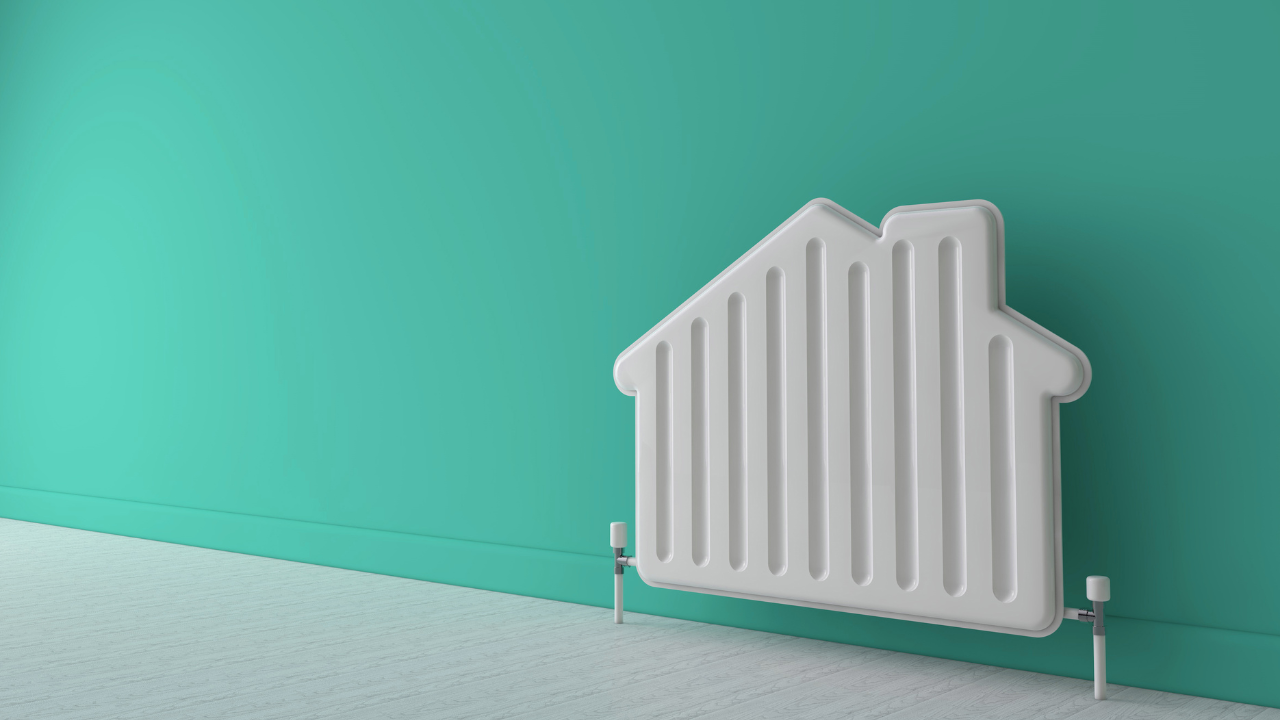Anatomy of a Hydraulic Pump Failure
Insider Secrets To Hydraulics
I was asked recently to give a second opinion on the cause of a hydraulic pump failure of an axial piston pump. The hydraulic pump failure occured after a short period in service and my client had pursued a warranty claim with the manufacturer. The manufacturer rejected the warranty claim on the basis that the failure had been caused by contamination of the hydraulic fluid. The foundation for this assessment was scoring damage to the valve plate (Figure 1).
Figure 1. Scoring damage to valve plate
How does contamination cause this type of damage to a hydraulic pump?
When hydraulic fluid is contaminated with hard particles that are the same size as the clearance between two lubricated surfaces, a process known as three-body abrasion occurs. Three-body abrasion results in scoring and heavy wear of sliding surfaces (Figure 2).
Figure 2. The process of three-body abrasion
What other explanations are there for this type of damage?
In axial piston designs, the cylinder barrel is hydrostatically loaded against the valve plate. The higher the operating pressure, the higher the hydrostatic force holding the cylinder barrel and valve plate in contact. However, if operating pressure exceeds design limits or if the valve plate is not in proper contact with the cylinder barrel, the cylinder barrel separates from the valve plate. Once separation occurs, the lubricating film is lost, the two surfaces come into contact and a process known as two-body abrasion occurs.
A major clue that the damage to the valve plate was not caused by contamination in this case, is the pattern of wear. Notice that the scoring (bright areas) is confined to the inner and outer edges of the sliding surface of the valve plate (see Figure 1). If the scoring had been caused by three-body abrasion, the damage would be more evenly distributed across the entire surface, with the areas between the pressure kidneys at the top of the picture, likely to exhibit the heaviest damage.
The pattern of wear on the valve plate is consistent with two-body abrasion resulting from uneven contact between the valve plate and cylinder barrel, caused by warping of the valve plate and/or separation. Examination of the sliding surface of the cylinder barrel (Figure 3) supports this assessment. Notice that the scoring of the cylinder barrel is heaviest top right of the picture and lightest bottom left. Examination of the head of the hydraulic pump also revealed uneven contact between the valve plate and head.
Figure 3. Scoring damage to cylinder barrel
Root cause of failure
Although the valve plate was flat, its locating dowel was holding it off the head on one side (center right of Figure 1). This in turn was causing the valve plate to be tilted against the cylinder barrel, resulting in uneven loading, separation and two-body abrasion of the two surfaces. The root cause of this hydraulic pump failure was not contamination; but rather improper assembly at the factory.
Related Articles
Analyzing Semiconductor Failure

Improvement: What Comes First?

An Integrated Process for System Maintenance, Fault Diagnosis and Support

Anatomy of a Boiler Failure—A Different Perspective

Are We Willing to Hear What “Failure” Has to Say?







